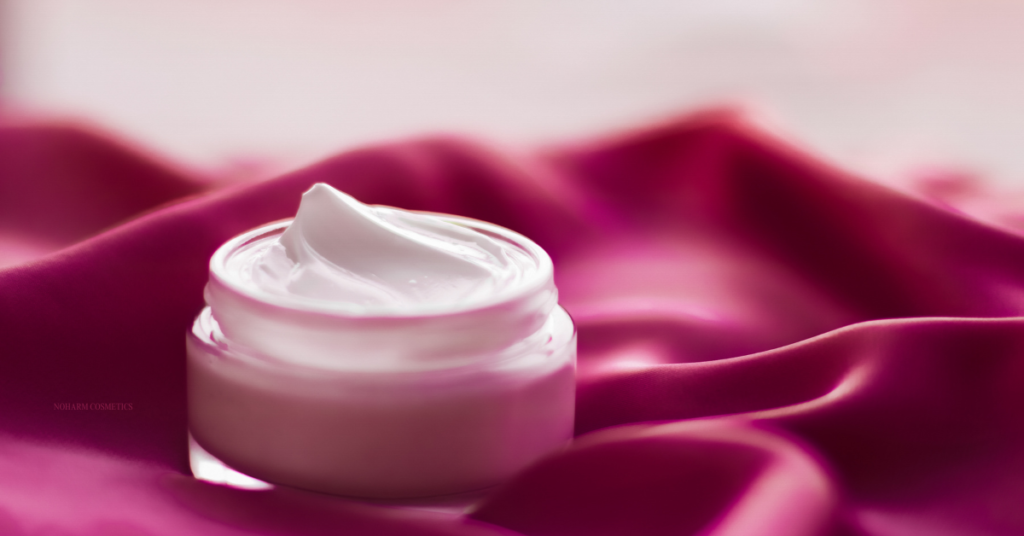As mentioned in a previous post, the beauty industry is a major contributor to plastic pollution, with approximately 120 billion packaging units produced each year. However, many of these products are difficult to recycle, and the industry’s efforts to address this problem are often more about optics than meaningful change.
The Cost of Recycling
Recycling plastic sounds like a simple solution, but the reality is more complicated. Recycling is expensive, and there needs to be a market for the recycled materials. Unfortunately, plastic recycling is often not economically viable. It’s cheaper for companies to produce new plastic rather than recycle old plastic, which means the plastic waste continues to accumulate. In fact, reports show that even after three decades of recycling programs, there’s more new plastic being produced than ever before!
The Plastic Crisis in Cosmetics
Many cosmetic products, like mascara wands and lipstick tubes, are made from hard-to-recycle plastics. While organizations like TerraCycle collect these items for recycling, it’s unclear what happens to them once they’re collected. Investigations into TerraCycle have revealed that much of the collected plastic isn’t actually recycled, despite claims to the contrary. This has led to accusations of greenwashing, where companies present themselves as environmentally responsible without offering a real solution.
The Greenwashing Epidemic
Greenwashing occurs when companies claim to be environmentally friendly but continue harmful practices. In the beauty industry, greenwashing often involves promoting recyclable packaging and sustainability goals while producing more plastic than ever before. The reality is that while recycling may be part of the answer, it’s not enough to tackle the underlying problem of plastic overproduction.
The Bigger Picture: Reducing Plastic Production
The root of the problem isn’t recycling—it’s the production of plastic itself. Cosmetic companies continue to rely on plastic packaging because it’s cheaper, even though it contributes to the waste crisis. True sustainability in the beauty industry requires rethinking packaging and moving toward refillable, biodegradable, or reusable alternatives. Without addressing plastic production, recycling programs will continue to fall short.





